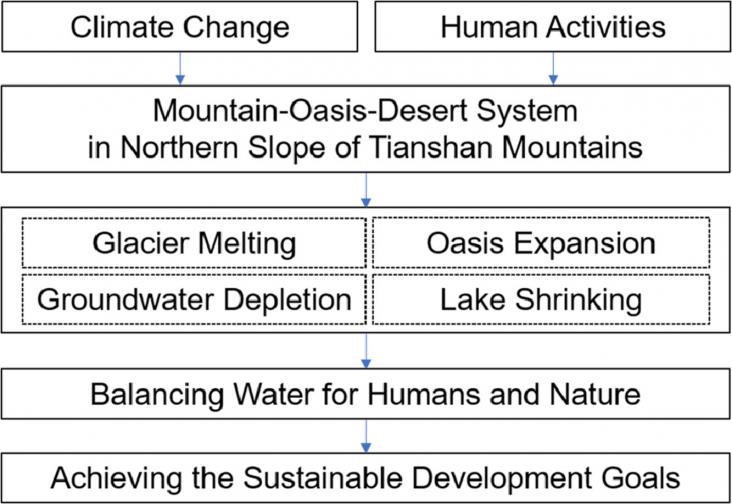This article brings us a step closer to bringing clean drinking water to the world by detecting key harmful microbes.
Ultrafiltration with ceramic membranes of olive oil washing wastewater has been demonstrated to be an interesting alternative as a previous step for the recovery of phenolic compounds, which have outstanding antioxidant characteristics. In this way, the treatment of these wastewaters should be based on reusing water and, at the same time, on recovering valuable compounds.

Climate change and economic growth are responsible for increased water stress.This study provides a baseline understanding of the interplay among water, climate change, and socio-economic development in NSTM.
This study aims to analyse catastrophic floods and severe droughts affected by climate change from paleo studies to studies that focus on future projections.
This Article supports SDGs 3 and 6 by demonstrating the safety, tolerability, and immunogenicity of a typhoid conjugate vaccine in Malawian children aged 9 months to 12 years; this paper is relevant to World Water Day since S Typhi is transmitted by the faecal-oral route through ingestion of contaminated food and water, often resulting from inadequate hygiene and sanitation.
The study highlights the necessity of a sanitation plan for Bukavu urban rivers to mitigate contamination risks, safeguard water quality, and enhance access to clean water and sanitation for the population.
This chapter contributes to SDG 6 by investigating Iran's water crisis caused by the depletion of water resources and providing technological solutions to adapt to the crisis and achieve a water resources equilibrium.

Big Earth Data infrastructure must further condense and abstract common workloads and application models with consideration for the features of Big Earth Data and the typical needs of SDG-related applications.Systems should be designed and built based on benchmarks, with integration and scheduling of services and resources as a central focus (e.g., high-performance, high-throughput, intelligent computing and cloud services). Focusing on transparent data access and efficient data circulation will help integrate software and hardware for increased performance, capacity, and flexibility.
Elsevier,
Current Developments in Biotechnology and Bioengineering: Microplastics and Nanoplastics: Occurrence, Environmental Impacts and Treatment Processes, 2023, Pages 387-403
This chapter aligns with Goal 6: Clean water and sanitation, Goal 13: Climate action, and Goal 14: Life below water by providing an overview of the state of knowledge of interactions between climate change and MPs/NPs.
Elsevier,
J. Indu, Akhilesh S. Nair, Ankita Pradhan, Rohit Mangla, Sooraj Krishnan, Kaushlendra Verma, Vinayak Huggannavar; Radar Remote Sensing, 2022, Pages 123-148
This chapter contributes to SDG 6 by using radar remote sensing to measure terrestrial water budget elements such as precipitation, soil moisture, and surface water levels.
